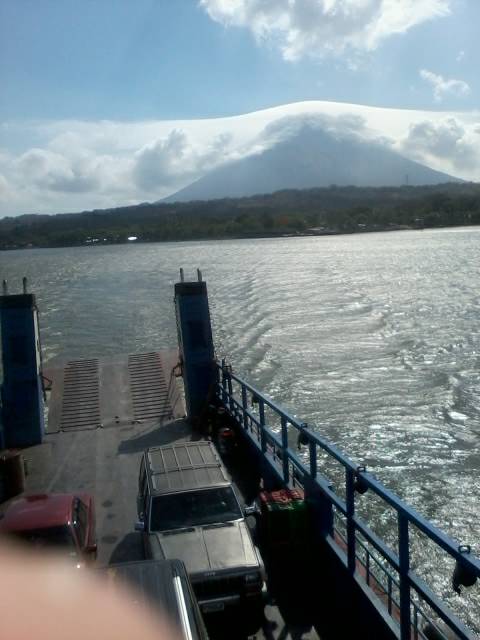...
"
CA-4 Immigration. Again, in theory, once you clear into any CA-4 country, you recieve a 90 day tourist visa (stamp), which is supposed to be valid throughout the CA-4 for the 90 period. To renew this visa you must leave the CA-4 and return. For example, travel to Belize and back. You may also be granted an extension by Immigration of any CA-4 country, but you must normally travel to a capital city to apply for this extension. In theory, you should be able to travel freely throughout the CA-4 on your CA-4 visa with little or no paperwork. In practice of course, it dont work that way. The degree to which each country abides by CA-4 regulations vary. Practices even vary by individual border crossing in the same country. For example, when crossing from Guatemala to Honduras, you have to do the full immigration process on the Honduran side (its not very involved though), and you get a brand new 90 day stamp! This is very handy if you original CA-4 visa is about to expire, bit its not how it is supposed to work. Many expats living on the Rio Dulce in Guatemala use this anomaly to their advantage. They can do a short and simple border crossing into Honduras and never have to leave the CA-4. I know some who have been doing this for decades! Effectively allowing them to live indefinately in Guatemala on a tourist visa. However, this gets problematic when you try to come and go via other borders. For example, El Salvador, enforces CA-4 regulations more closely to the letter of the law. When crossing from Guatemala to El Salvador, they may review your visa stamps. If you have not in fact left the CA-4 in over 90 days, then they will deny you entry into El Salvador. We learned this inconvenient lesson when attempting to drive to the beautiful Pacific Coast of El Salvador from Guatemala for a long weekend trip to the beach. Conveniently though, Guatemala does not follow the CA-4 treaty to the letter. So, as soon as we crossed back into Guatemala, after being turned away in El Salvador, we were given brand new 90 day visas!
Border Crossings. Generally no big deal if you are patient and have all your papers in order (do not ever try to short-cut the process...it can and likely will cause you more trouble than it is worth later). El Salvador, Honduras, and Nicaragua all intersect at the Gulf of Fonseca (Pacific Coast). So when transiting this area you will have to clear in and out of each country in sequence until you finally clear into Nicaragua. It is time consuming and not very well organized, but you can get through the whole thing (including drive time) in a few hours. You will be approached by guys who offer their services to help you with the process. Many of them are just scammers looking to rip you off, but some are legitimate. Agree on a price up front (about $10 in 2013) and never give them money to pay an expense for you...always pay it directly. In my experience, they don't really do much for you, but they know where to go and the flow through the process and work with the officials every day. This is useful especially on the Honduran side in this area (Bahia de Fonseca) because the office locations and process are not obvious. Of all the CA-4 countries, El Salvador pays the most attention at border crossings, they will likely scrutinize your passport, paperwork, and do at least a cursory search of your vehicle. An effective strategy for working with officials in most CA countries is to request their assistance rather than demand servive. Always be polite and patient, if you start the "Ugly American" or “Rude Frenchman” routine things are likely to get worse not better.
Lodging. Lots of good lodging options along this route. Just check travel sites for info (although those areas less visited by tourists will have little or no info). I suggest sticking with the nicer, and more secure, options unless you know the area. Along the Gulf of Fonseca, where you may get delayed due to multiple border crossings, there are a few good lodging options along this route too, although most of the area is very rural and undeveloped.
Auto Hotels. The rather intimate living conditions common in Central American culture means that privacy is hard for couples to come by. Also, Latin men are notorious for having a “chica segunda” or three on the side. As a result, “Auto” or “Push” hotels are ubiquitous throughout Central America. Their rates are normally by the hour, but you can stay overnight (the clerk may find this a little unusual but most also have a reasonable nightly rate). A big plus of using auto hotels is that your vehicle is parked securely inside...and...for couples traveling togther they can be a lot of fun!
Fuel. Plenty of "gasolineras" along the route. Particularly at major intersections/towns. However, be aware that hours of operation can be irregular in CA, dont assume that little gasolinera down the road will necessarily be open on its posted hours. Unlike in some developed countries.
"
....
Enviado desde mi SM-T820 mediante Tapatalk




